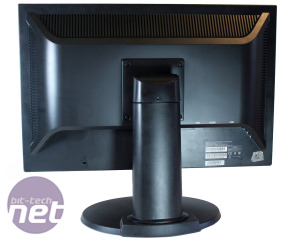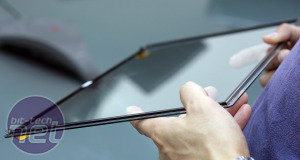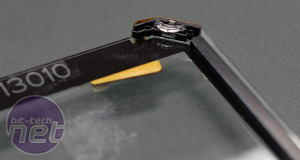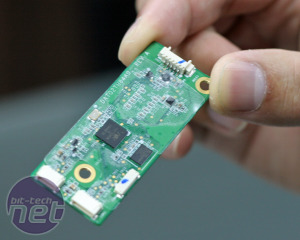How to build a touchscreen all-in-one PC
July 9, 2010 | 08:46

Albatron's multi-touch LCD monitor
Manufacturer: AlbatronThe idea of a multi-touch, all-in-one PC started off when I was tipped off that Albatron - a long time Taiwanese manufacturer, but one often left on the sidelines of the brandname consumer market - had some seriously awesome new multi-touch monitors on its stand at Computex. We paid a visit, and were duly impressed.
Now, while multi-touch is nothing new for smartphones and tablets (OK the iPad), having it on a screen the size of your desktop monitor is. Most all-in-one touchscreen PCs these days only use a single large capacitive point-and-touch display, and are therefore expensive.
Albatron's method is different - it's not resistive or capacitive, it actually uses optical technology to see where your fingers are. We visited the company at its headquarters in Taipei for a chat, to get an understanding about the technology and also ask: why touch-screens, Albatron?


Unfortunately this monitor is just for demonstration only. Albatron prefers to sell the optical touch technology to other companies that will integrate it into their monitors.
Albatron explained it is more of an R&D and B2B (business to business) company than consumer orientated - it will license or sell its technology to other companies to use. We were told it is 'constantly looking for new technologies to develop' and touch technology has already become 40 per cent of its revenue.
Albatron's optical touch technology is actually surprisingly simple: it uses a pair of IR cameras and emitters set in either corner to emit then 'look' down across the plane of glass and work out in two dimentions where the signal hits your fingers. Around the edges of the glass thin mirrors are placed to reflect the IR light back more efficiently.
The controller PCB is tiny, but what's more surprising is the fact that it simply plugs into a USB port, and doesn't need drivers if you're using Windows 7. However, we later found out that multi-touch isn't supported by Windows 7; for that you need other programs to recognise the signals.
Theoretically any glass size can be used, just as long as the firmware is adjusted to know where the mirrors are. Albatron explained the company has a full 42in LCD for use in shops and businesses and because it's multi-touch, more than one person can use it at once, providing the rest of the software stack understands this.
The glass used by Albatron is tempered glass rated 8 on the Mohs scale: you could take a knife to it and it won't scratch, which is another bonus for retail business use, Edward Scissorhands and people who (infuriatingly) use biro's or fingers to press on the screen to point to stuff. We all know them and we all get secretly angry inside. Using glass also means it can be easily wiped clean too.
The downside to glass though is that it makes for a chuffing heavy monitor!
While Albatron didn't specifically point it out, it's technology is a simplified version of Microsoft's Surface technology that uses five IR cameras to see the heat of people's fingers from underneath instead of side on, then uses more complex, proprietary software to understand multi-touch hand gestures of each person using it. Funky, but the downside is that it's the size of your kitchen table and probably costs as much as your car.

MSI MPG Velox 100R Chassis Review
October 14 2021 | 15:04












Want to comment? Please log in.